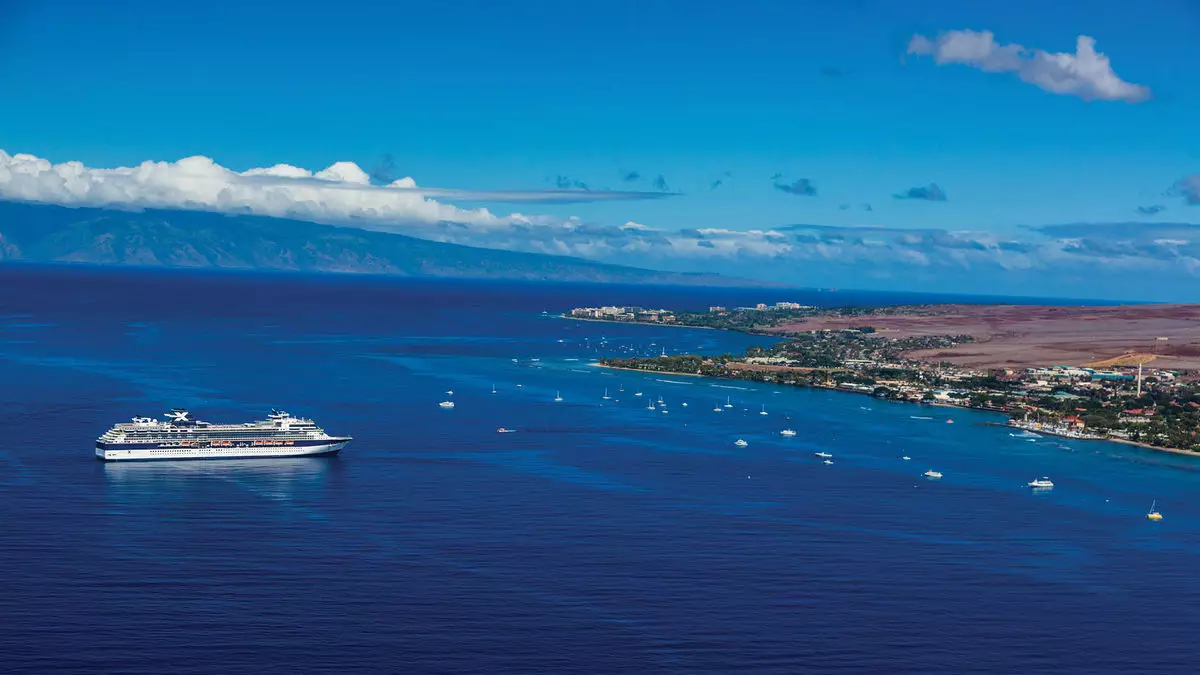Hawaii stands at a crucial crossroads as it considers drastic measures to reclaim its ecological integrity. The state’s Department of Transportation advocates for a sweeping reduction in cruise ship visits, aiming to cut calls by 50% by 2030 and another 50% by 2035. While the immediate goal is to curb greenhouse emissions, this strategy signals a broader recognition that traditional tourism models threaten Hawaii’s fragile environment. Cruise ships are significant contributors to maritime emissions, discharges, and shoreline erosion—pressing issues exacerbated by climate change. The plan’s emphasis on decreasing cruise traffic signals a willingness to prioritize ecological stability over short-term economic gains, illustrating an understanding that Hawaii’s long-term survival depends on sustainable practices.
Balancing Industry Realities with Sustainability Aspirations
Notably, the plan makes concessions for homeporting ships, with Norwegian Cruise Line’s Pride of America being the only large vessel permanently based in Hawaii. This exception recognizes the economic and logistical importance of locally based ships, yet it also underscores the challenges of drastically restructuring the industry. The DOT’s openness to industry-led innovations—such as switching to cleaner fuels and adopting shore power technology—demonstrates a pragmatic approach. Still, the lack of widespread adoption of these green technologies hampers progress. Industry players have yet to fully align with Hawaii’s climate ambitions, often citing technological and economic barriers. The plan’s flexibility signifies that Hawaii is aware of the need for industry cooperation, but it remains hopeful that incentivizing sustainable practices will eventually produce tangible change.
Environmental Imperatives and the Path Forward
Hawaii’s environmental challenges—coastal erosion, wildfires, droughts, and frequent storms—are direct consequences of climate change and unsustainable tourism. The draft plan explicitly emphasizes that achieving these emission reductions is vital for strengthening the islands’ resilience. With its remote location and limited energy resources, Hawaii’s future depends heavily on reducing fossil fuel dependence, including in maritime transportation. The initiative offers a critical blueprint to shift toward cleaner energy sources, but it also implicitly questions the sustainability of mass cruise tourism, which remains deeply ingrained in Hawaii’s economic fabric. As the state pushes for ambitious emission targets, it is also inviting industry dialogue, urging partners to embrace innovation and cleaner fuels. Without swift technological advancements and industry commitment, however, the plan’s goals risk remaining aspirational rather than achievable.
Reflections on Hawaii’s Environmental Leadership
Looking beyond the immediate policies, Hawaii’s approach signals an emerging paradigm for island nations worldwide. As climate impacts intensify, the drive to decouple economic activity from environmental degradation becomes more urgent. Hawaii’s willingness to challenge the status quo—linking transportation emissions to broader concerns about community health and resilience—demonstrates visionary leadership. While skeptics may question the economic sacrifices involved, the long-term benefit of safeguarding Hawaii’s natural heritage and community sustainability cannot be overstated. Achieving a balance between environmental responsibility and economic vitality will require not just regulatory measures but also industry innovation, community engagement, and strategic investments in green technology. As Hawaii charts this new course, it sets an inspiring precedent for environmental stewardship amid global climate challenges.


Leave a Reply